Home>Furniture & Design>Bathroom Accessories>When Should I Change Toothbrush After Covid
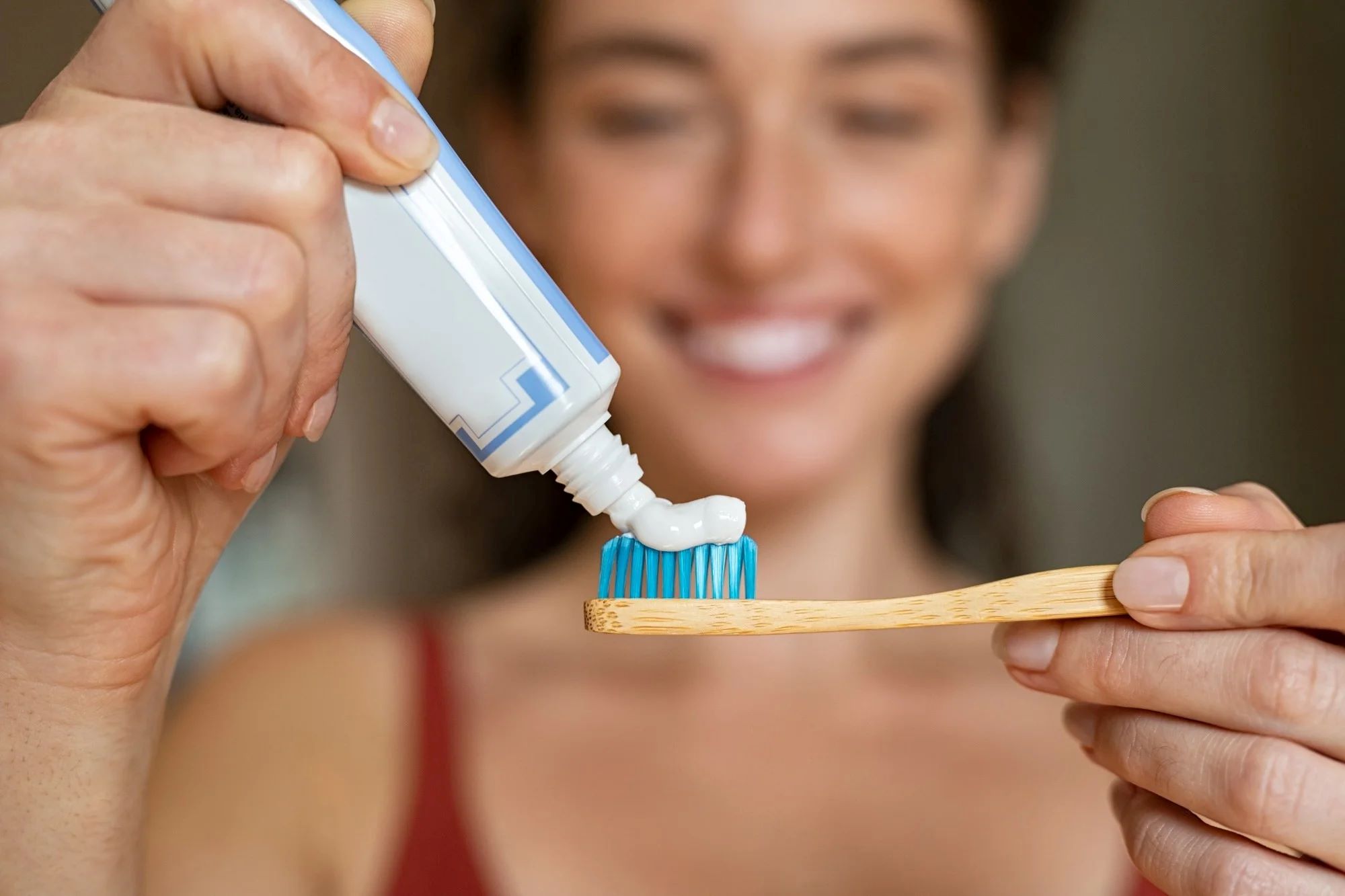

Bathroom Accessories
When Should I Change Toothbrush After Covid
Modified: April 22, 2024
Find out the recommended time to change your toothbrush after recovering from Covid. Explore a range of bathroom accessories for a healthy and hygienic environment.
(Many of the links in this article redirect to a specific reviewed product. Your purchase of these products through affiliate links helps to generate commission for Storables.com, at no extra cost. Learn more)
Introduction
The COVID-19 pandemic has brought about a heightened awareness of personal hygiene and cleanliness. As we continue to navigate through these challenging times, it's crucial to pay close attention to the items we use daily, including our toothbrushes. The question of when to change a toothbrush after recovering from COVID-19 has become a topic of interest and concern for many individuals. Understanding the potential risks and best practices for maintaining oral hygiene post-COVID is essential for safeguarding our overall well-being.
In this article, we will delve into the lifespan of a toothbrush, the factors to consider when changing a toothbrush after COVID-19, and recommendations for maintaining optimal oral hygiene during this period. By shedding light on these important aspects, we aim to provide valuable insights that will help individuals make informed decisions regarding their oral care routines in the post-COVID era. Let's explore the significance of this topic and gain a deeper understanding of the best practices for maintaining oral health after recovering from COVID-19.
Key Takeaways:
- Change your toothbrush immediately after recovering from COVID-19 to minimize the risk of reinfection and transmission, and consider using disposable or antibacterial bristles for added protection.
- Prioritize oral hygiene post-COVID by replacing your toothbrush, maintaining hygienic storage, and considering UV sanitization. Consult healthcare professionals for personalized guidance.
Understanding the lifespan of a toothbrush
The lifespan of a toothbrush is a crucial aspect of maintaining good oral hygiene. Understanding how long a toothbrush remains effective and safe for use is essential for promoting overall dental health. Typically, the American Dental Association (ADA) recommends replacing a toothbrush every three to four months. This timeframe is based on the wear and tear that occurs during regular use, which can diminish the brush's effectiveness over time.
Several factors contribute to the deterioration of a toothbrush. The bristles, which are designed to effectively remove plaque and debris from the teeth and gums, gradually wear down with repeated use. As a result, the brush's ability to clean effectively diminishes, making it less efficient in maintaining oral hygiene.
Moreover, the accumulation of bacteria and germs on the toothbrush over time poses a potential risk to oral health. Even with regular rinsing, bacteria can still thrive on the bristles, especially in a moist environment. This can lead to the reintroduction of harmful bacteria into the mouth, counteracting the efforts to maintain oral hygiene.
In addition to regular wear and bacterial buildup, external factors such as environmental conditions and storage practices can also impact the lifespan of a toothbrush. Exposure to moisture and air in a bathroom environment can expedite the deterioration of the bristles and promote bacterial growth. Therefore, proper storage and ventilation of the toothbrush are essential for prolonging its effectiveness.
Understanding the lifespan of a toothbrush is not only about recognizing the physical wear of the bristles but also acknowledging the potential health risks associated with using an old or contaminated toothbrush. As we consider the implications of toothbrush lifespan, it becomes evident that maintaining a fresh and hygienic toothbrush is fundamental to preserving oral health and preventing potential oral health issues.
In the context of recovering from COVID-19, the importance of understanding the lifespan of a toothbrush is amplified. Individuals who have experienced the virus may be particularly cautious about minimizing the risk of reinfection or transmission. Therefore, being mindful of the condition and age of their toothbrush is an integral part of their post-COVID oral care routine.
By comprehending the factors that influence the lifespan of a toothbrush, individuals can make informed decisions about when to replace their toothbrush, ensuring that they maintain optimal oral hygiene and minimize potential health risks.
Factors to consider when changing toothbrush after Covid
After recovering from COVID-19, it is crucial to consider several factors when evaluating the need to change your toothbrush. The following aspects play a significant role in determining the appropriate time for replacing your toothbrush:
1. Health and Safety Concerns:
The foremost consideration after battling COVID-19 is the potential presence of the virus on personal items, including toothbrushes. Given the highly contagious nature of the virus, individuals may be concerned about the lingering presence of viral particles on their toothbrushes. While research on the longevity of the virus on surfaces is ongoing, the cautious approach is to err on the side of safety. Changing the toothbrush post-recovery can mitigate the risk of potential reinfection or transmission.
2. Immune System Recovery:
Recovering from COVID-19 involves a period of immune system restoration. During this phase, individuals may be more susceptible to secondary infections or illnesses. As such, using a fresh toothbrush can help minimize the risk of introducing additional pathogens into the body. By replacing the toothbrush, individuals can support their immune system's recovery and reduce the likelihood of encountering oral health issues during this critical phase.
Read more: When To Change Toothbrush After Strep
3. Psychological Reassurance:
The psychological impact of battling COVID-19 should not be overlooked. Individuals may experience heightened anxiety and concern about the potential presence of the virus in their immediate environment. Changing the toothbrush can provide a sense of psychological reassurance, offering a fresh start and a symbolic gesture of moving forward from the illness. This can contribute to the overall mental well-being of individuals as they transition into the post-recovery phase.
4. Overall Hygiene Practices:
Post-COVID-19, individuals are likely to be more vigilant about their hygiene practices. Changing the toothbrush aligns with this heightened focus on cleanliness and hygiene, reinforcing the commitment to maintaining a healthy environment. By incorporating the replacement of the toothbrush into their post-recovery routine, individuals can establish a proactive approach to safeguarding their oral health and overall well-being.
5. Duration of Illness:
The duration of illness and the severity of symptoms experienced during COVID-19 can influence the decision to change the toothbrush. Individuals who endured a prolonged and intense battle with the virus may opt for an earlier replacement of their toothbrush to minimize any potential risks associated with lingering viral particles.
Considering these factors, it becomes evident that changing the toothbrush after recovering from COVID-19 is a multifaceted decision that encompasses health, safety, psychological, and hygiene considerations. By evaluating these factors, individuals can make an informed choice that aligns with their post-recovery needs and promotes their overall well-being.
Recommendations for changing toothbrush after Covid
After recovering from COVID-19, it is imperative to prioritize oral hygiene and take proactive measures to ensure the safety and well-being of individuals. Considering the potential risks associated with using a toothbrush post-recovery, the following recommendations are essential for changing the toothbrush after battling COVID-19:
-
Immediate Replacement: Upon recovery from COVID-19, individuals should consider replacing their toothbrush immediately. This proactive approach minimizes the potential risk of viral particles lingering on the bristles, thereby reducing the likelihood of reinfection or transmission.
-
Utilize Disposable Toothbrushes: In cases where individuals have been severely affected by COVID-19 or have been in close contact with infected individuals, using disposable toothbrushes during the recovery period is advisable. Disposable toothbrushes offer a hygienic and convenient solution, eliminating the need for long-term usage of a regular toothbrush during the post-recovery phase.
-
Opt for Antibacterial Bristles: When selecting a new toothbrush post-COVID-19, opting for a toothbrush with antibacterial bristles can provide an added layer of protection. These bristles are designed to inhibit the growth of bacteria, reducing the risk of microbial contamination on the toothbrush.
-
Consider UV Sanitization: Investing in a UV toothbrush sanitizer can be beneficial for individuals who seek additional reassurance regarding the cleanliness of their toothbrush. UV sanitizers effectively eliminate bacteria and viruses, offering a thorough disinfection method for toothbrushes post-recovery.
-
Maintain Hygienic Storage: Proper storage of the new toothbrush is crucial for maintaining its cleanliness and effectiveness. Individuals should ensure that the toothbrush is stored in a well-ventilated area, away from potential sources of contamination, such as toilet flushes or sink splashes.
-
Regular Replacement Schedule: Establishing a regular replacement schedule for the toothbrush post-recovery is essential. Adhering to the ADA's recommendation of replacing the toothbrush every three to four months ensures ongoing oral hygiene maintenance and minimizes the risk of bacterial buildup.
-
Consult with Healthcare Professionals: Individuals who have undergone severe COVID-19 symptoms or have specific health concerns should consult with healthcare professionals regarding the appropriate timing and methods for changing their toothbrush post-recovery. Healthcare providers can offer personalized guidance based on individual health circumstances.
By adhering to these recommendations, individuals can effectively navigate the post-recovery phase after COVID-19, prioritizing their oral health and overall well-being. These proactive measures not only minimize potential health risks but also contribute to a sense of reassurance and confidence as individuals transition into the next phase of their recovery journey.
Read more: How To Disinfect Toothbrush After Covid?
Conclusion
In conclusion, the decision to change a toothbrush after recovering from COVID-19 is a pivotal aspect of post-recovery oral care. The multifaceted considerations surrounding this decision underscore the significance of prioritizing oral hygiene and overall well-being in the aftermath of the virus. By understanding the lifespan of a toothbrush and the factors influencing the need for replacement post-recovery, individuals can make informed choices that align with their health and safety.
The post-COVID-19 period presents an opportunity for individuals to reevaluate their oral hygiene practices and implement proactive measures to safeguard their health. The recommendations for changing a toothbrush after battling COVID-19 emphasize the importance of immediate replacement, utilization of disposable toothbrushes in certain cases, and the consideration of antibacterial bristles and UV sanitization for enhanced cleanliness.
Furthermore, maintaining a hygienic storage environment for the toothbrush and adhering to a regular replacement schedule are essential components of a comprehensive post-recovery oral care routine. These measures not only mitigate potential health risks but also contribute to a sense of psychological reassurance and confidence as individuals transition into the next phase of their recovery journey.
The impact of COVID-19 extends beyond physical health, encompassing psychological and emotional well-being. Therefore, the act of changing a toothbrush post-recovery serves as a symbolic gesture of renewal and a commitment to moving forward from the illness. It provides individuals with a sense of control over their environment and reinforces their dedication to maintaining a healthy and hygienic lifestyle.
As we navigate through the ongoing challenges posed by the pandemic, prioritizing oral hygiene and implementing best practices for changing a toothbrush post-recovery are integral to promoting overall health and well-being. By embracing these recommendations and remaining vigilant about oral care, individuals can confidently embark on their post-recovery journey, equipped with the knowledge and proactive measures necessary to support their continued well-being.
In essence, the decision to change a toothbrush after recovering from COVID-19 is not merely a routine task but a conscious step towards safeguarding health, fostering resilience, and embracing a renewed commitment to personal hygiene and well-being in the post-recovery phase.
Frequently Asked Questions about When Should I Change Toothbrush After Covid
Was this page helpful?
At Storables.com, we guarantee accurate and reliable information. Our content, validated by Expert Board Contributors, is crafted following stringent Editorial Policies. We're committed to providing you with well-researched, expert-backed insights for all your informational needs.
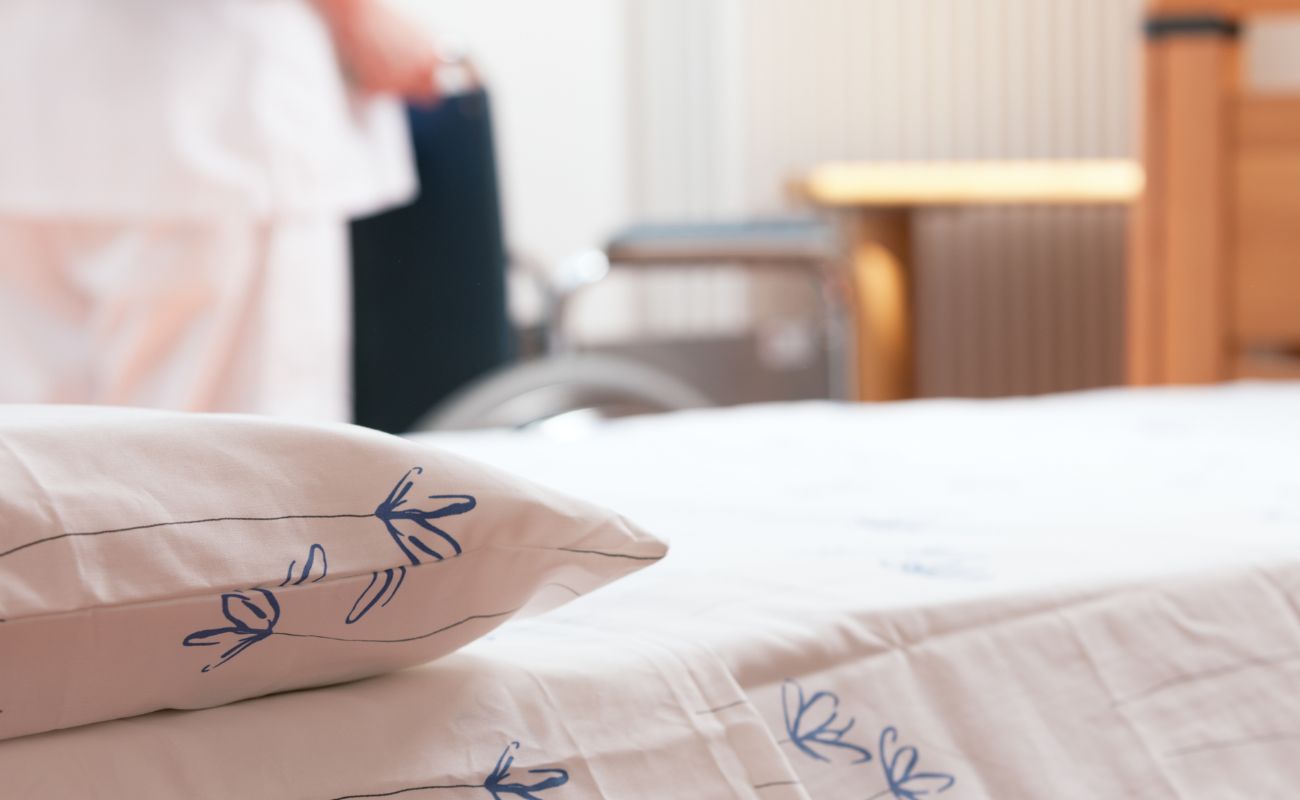
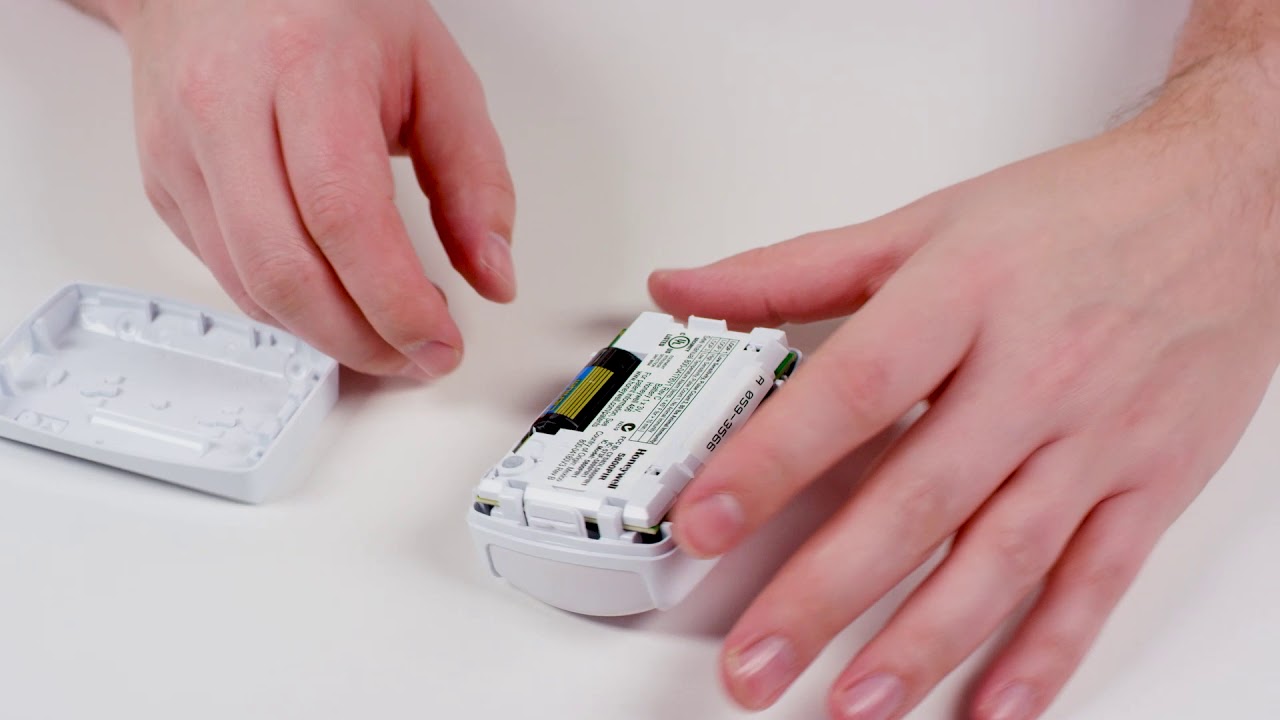
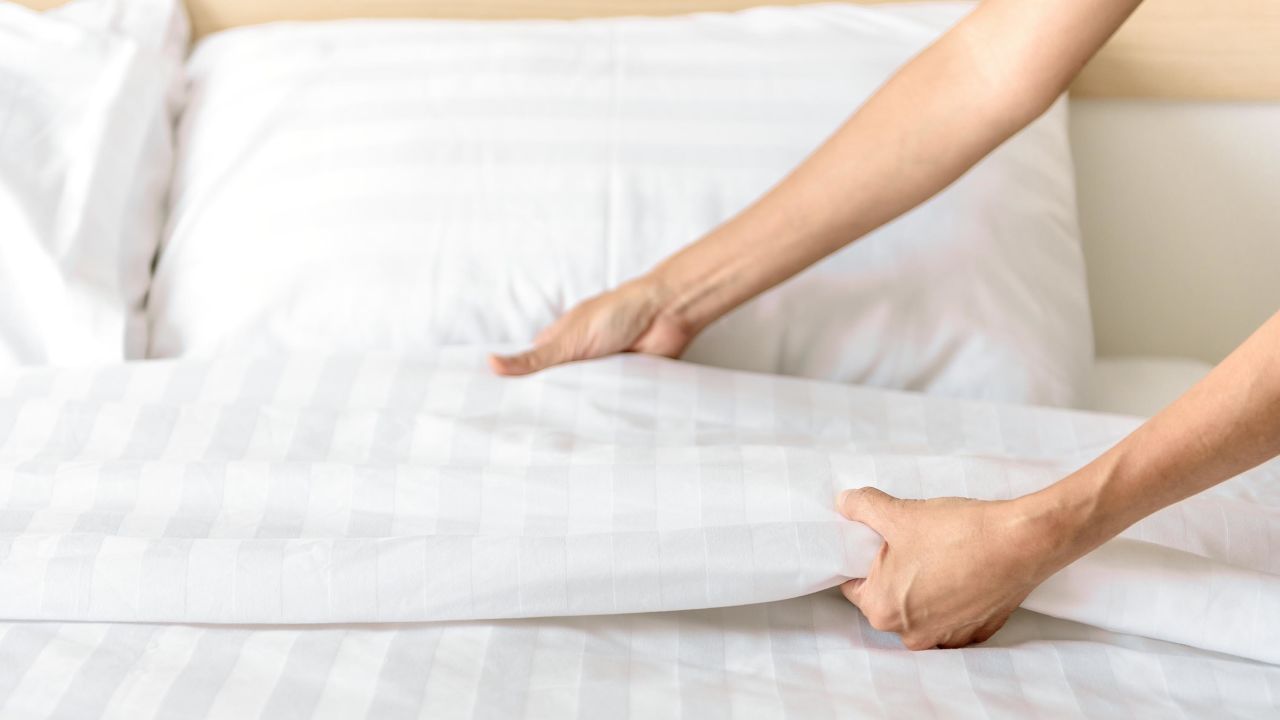
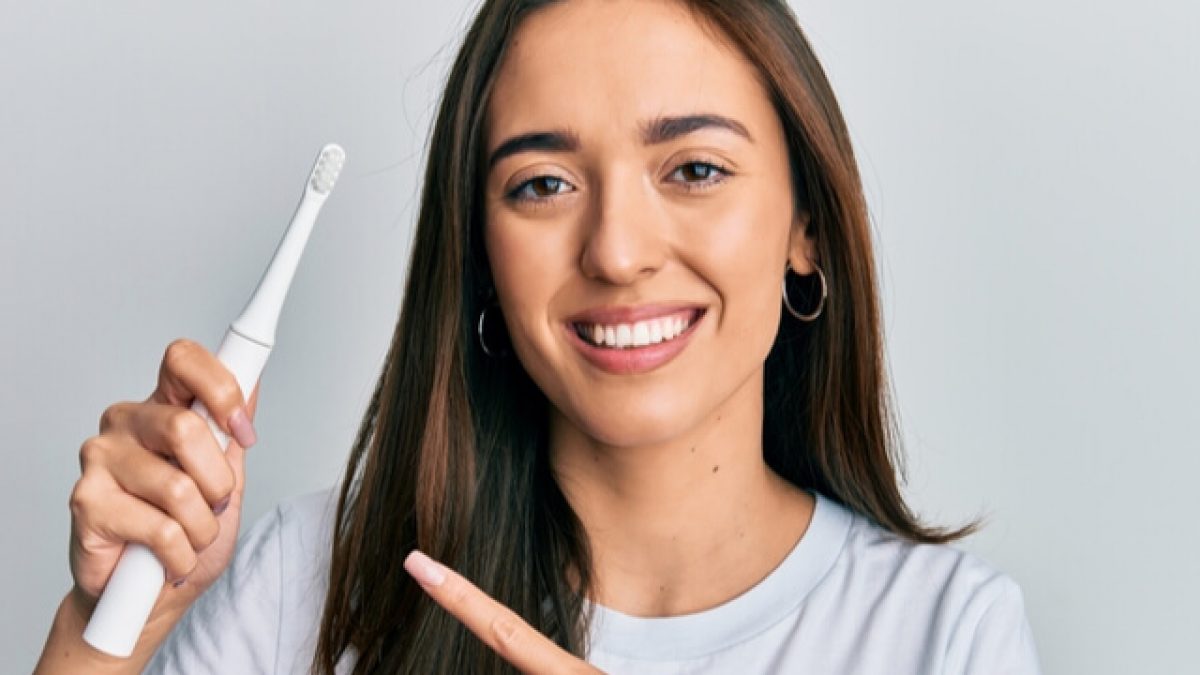
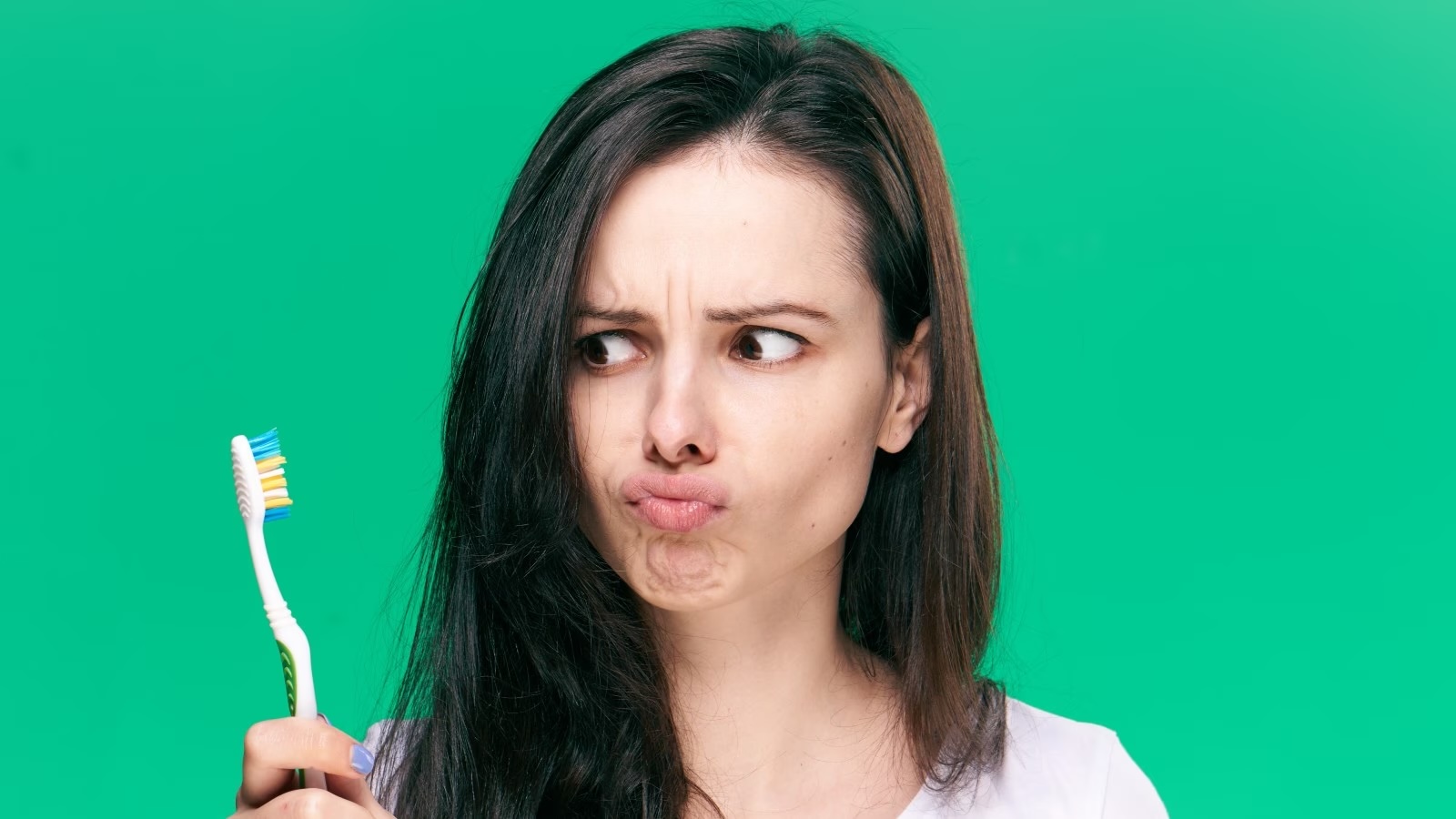
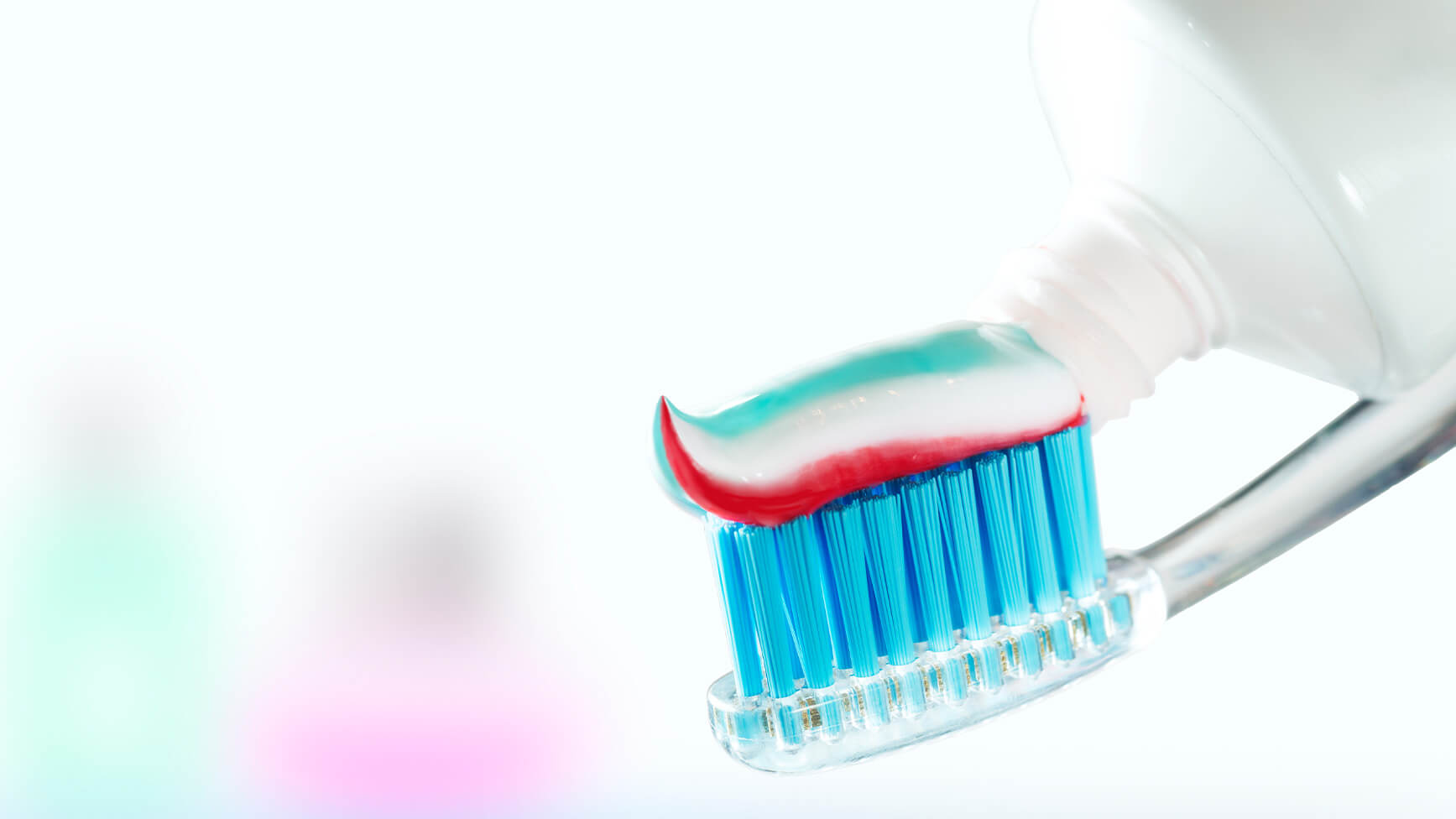
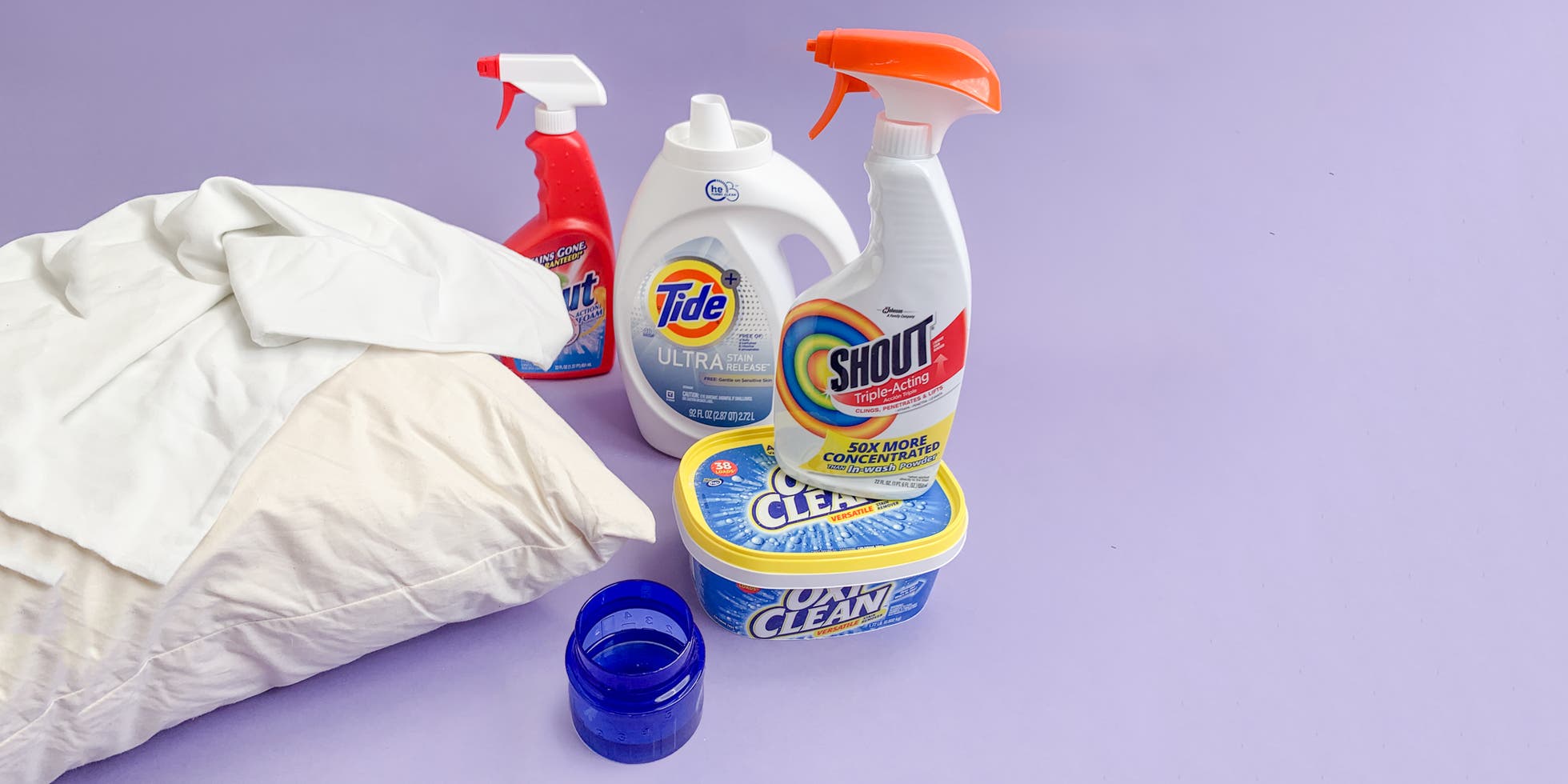

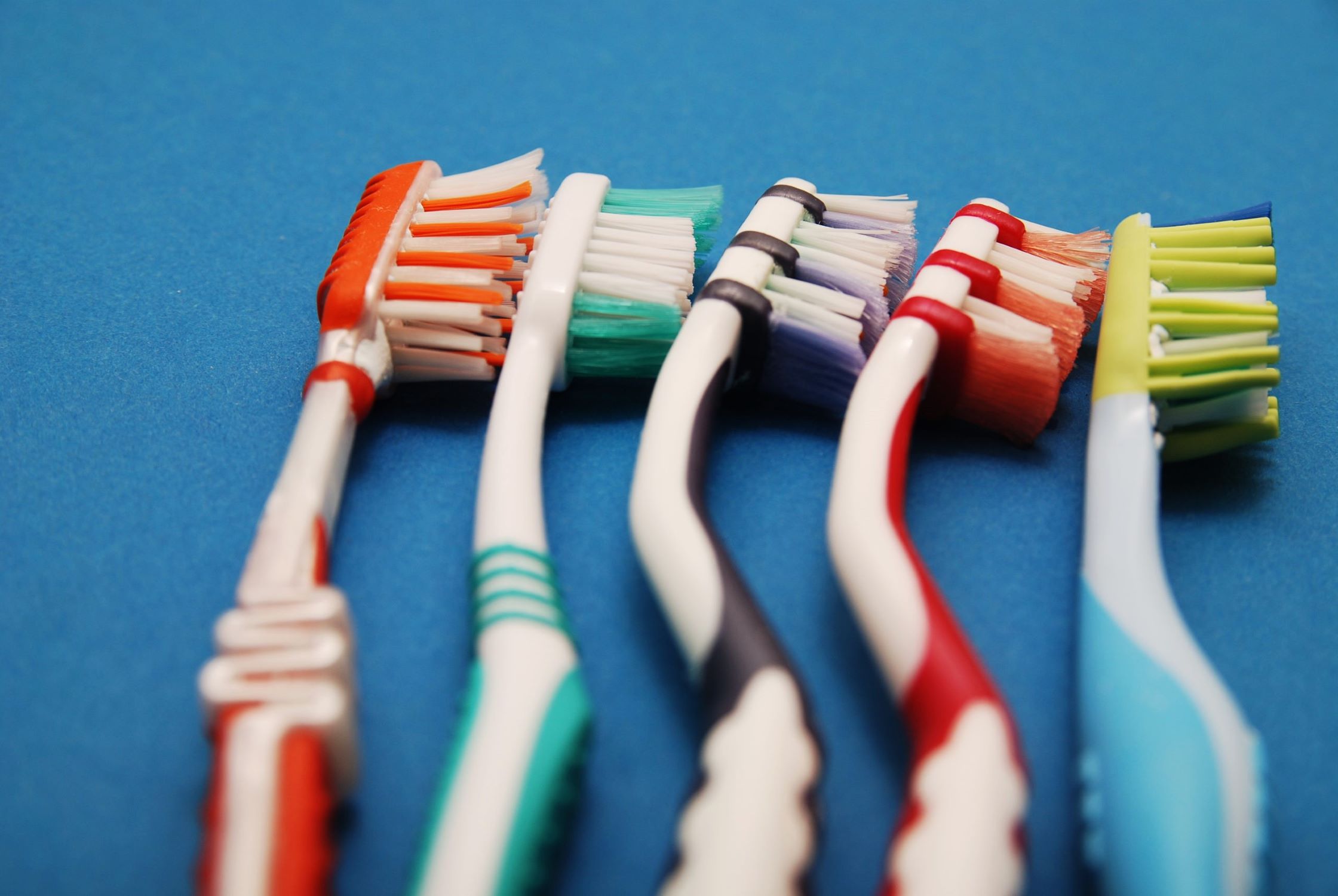
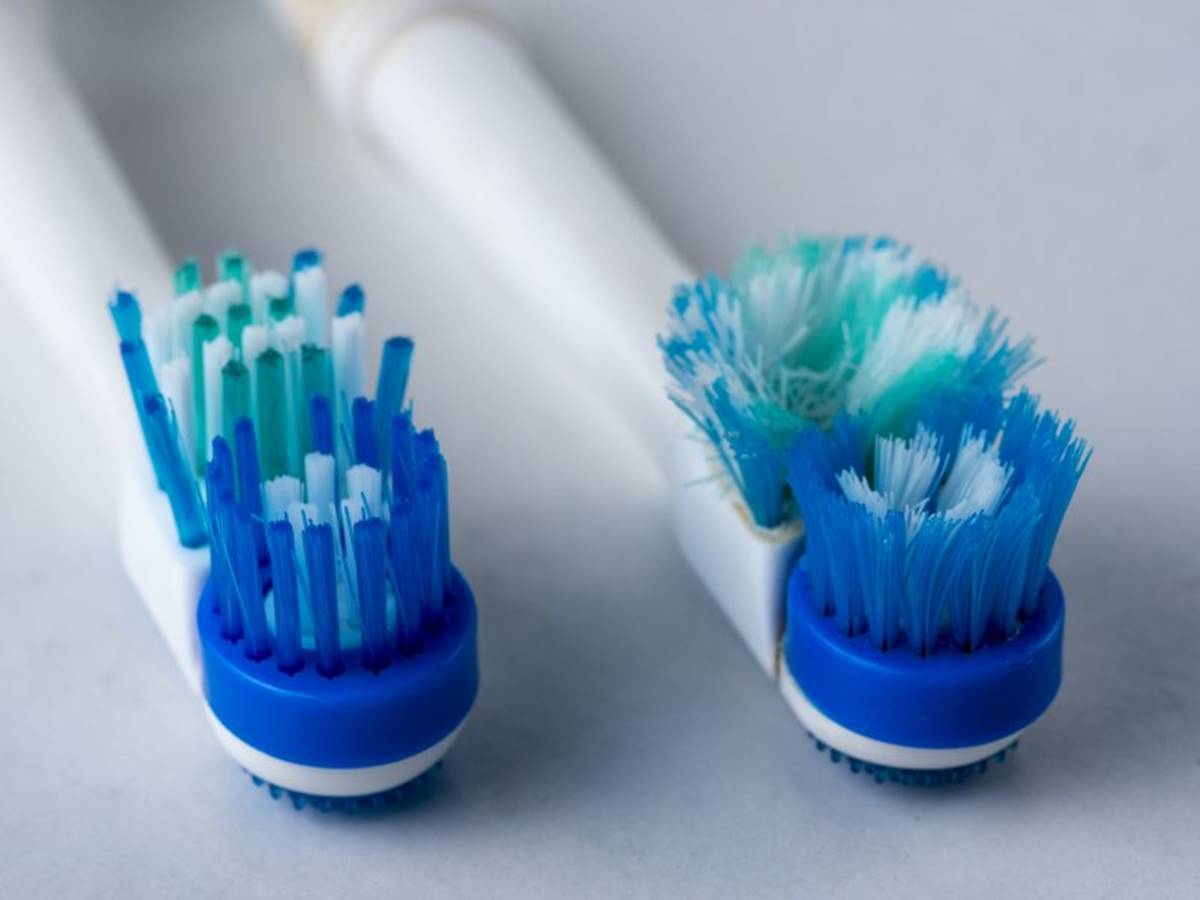
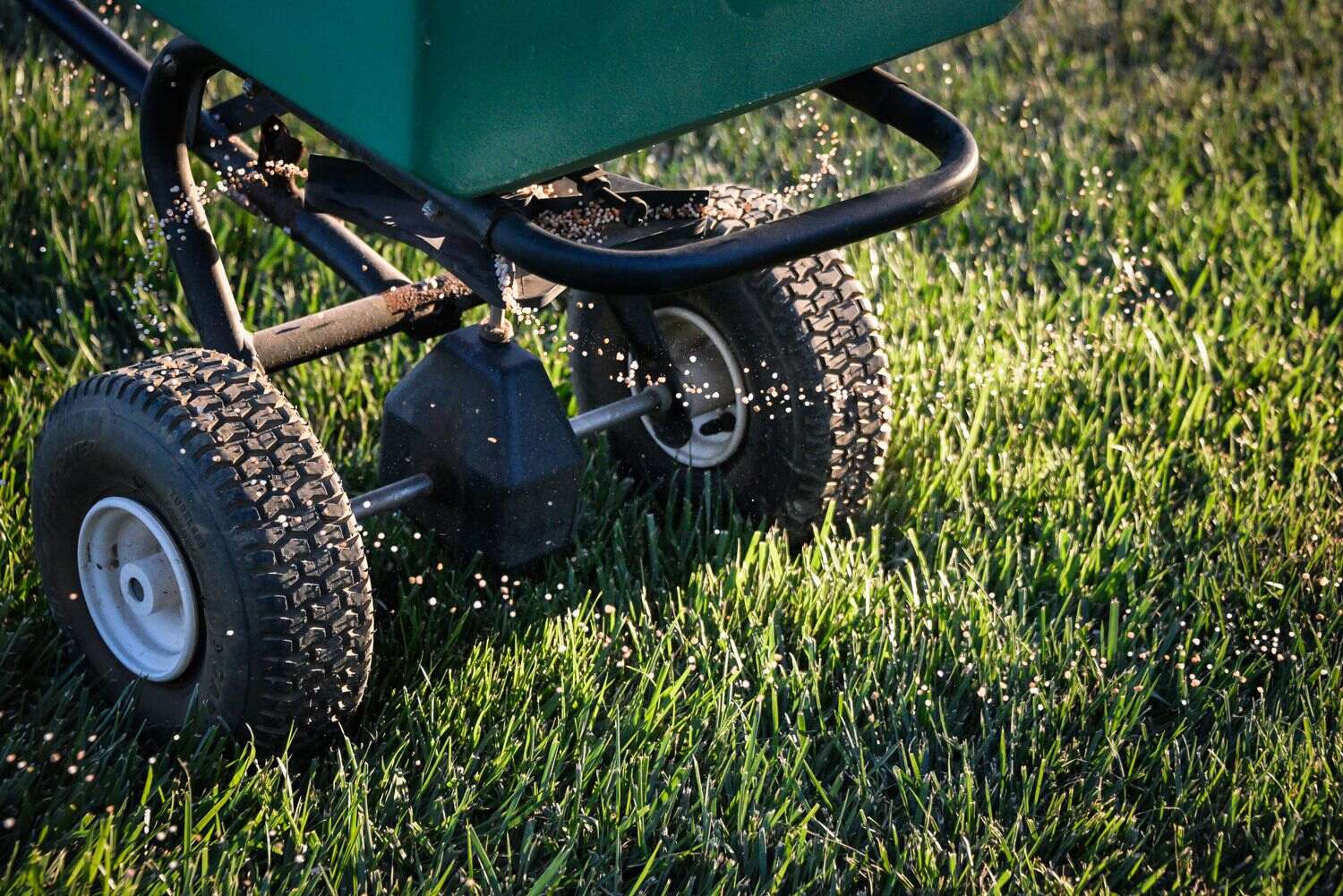
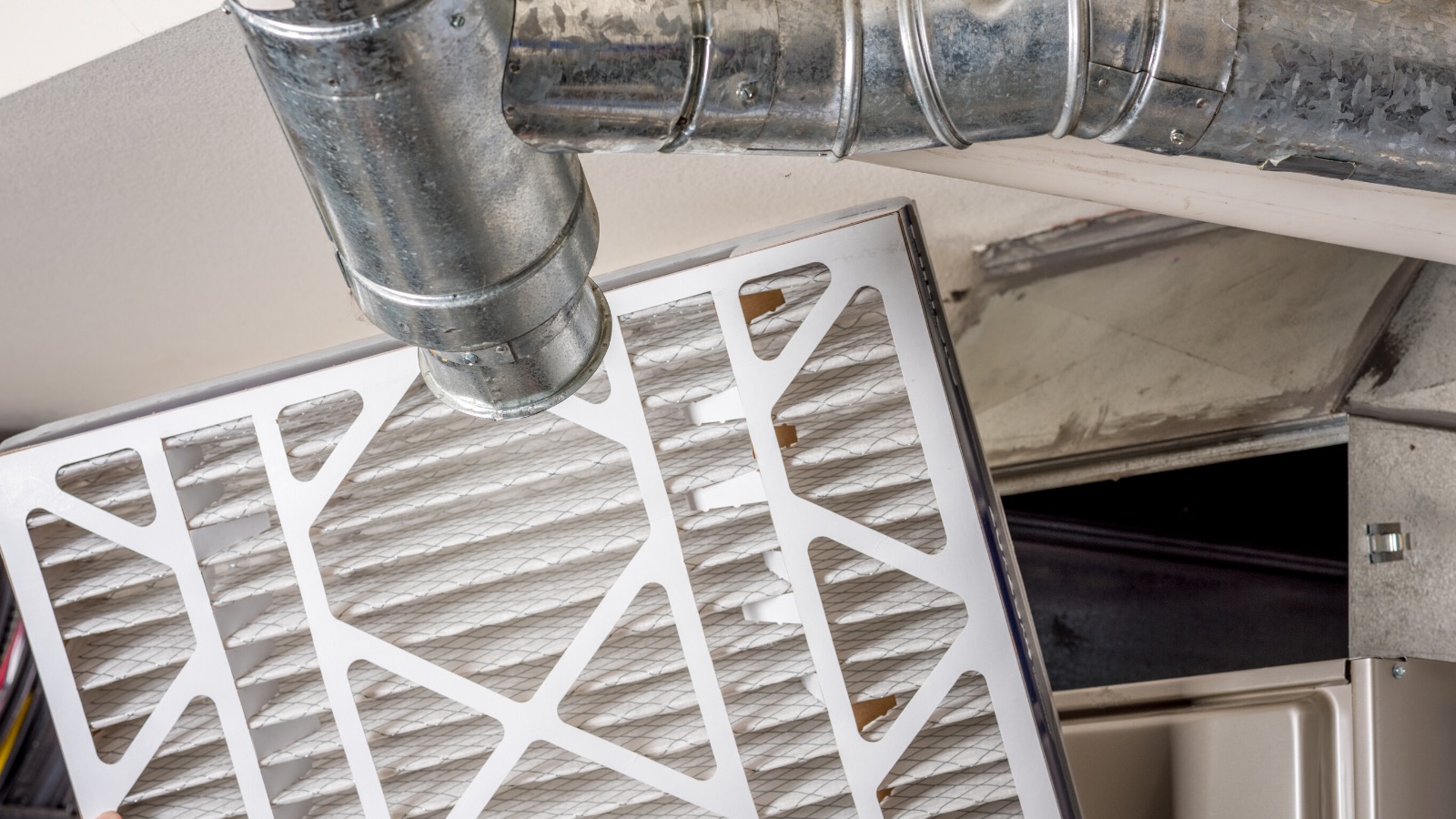
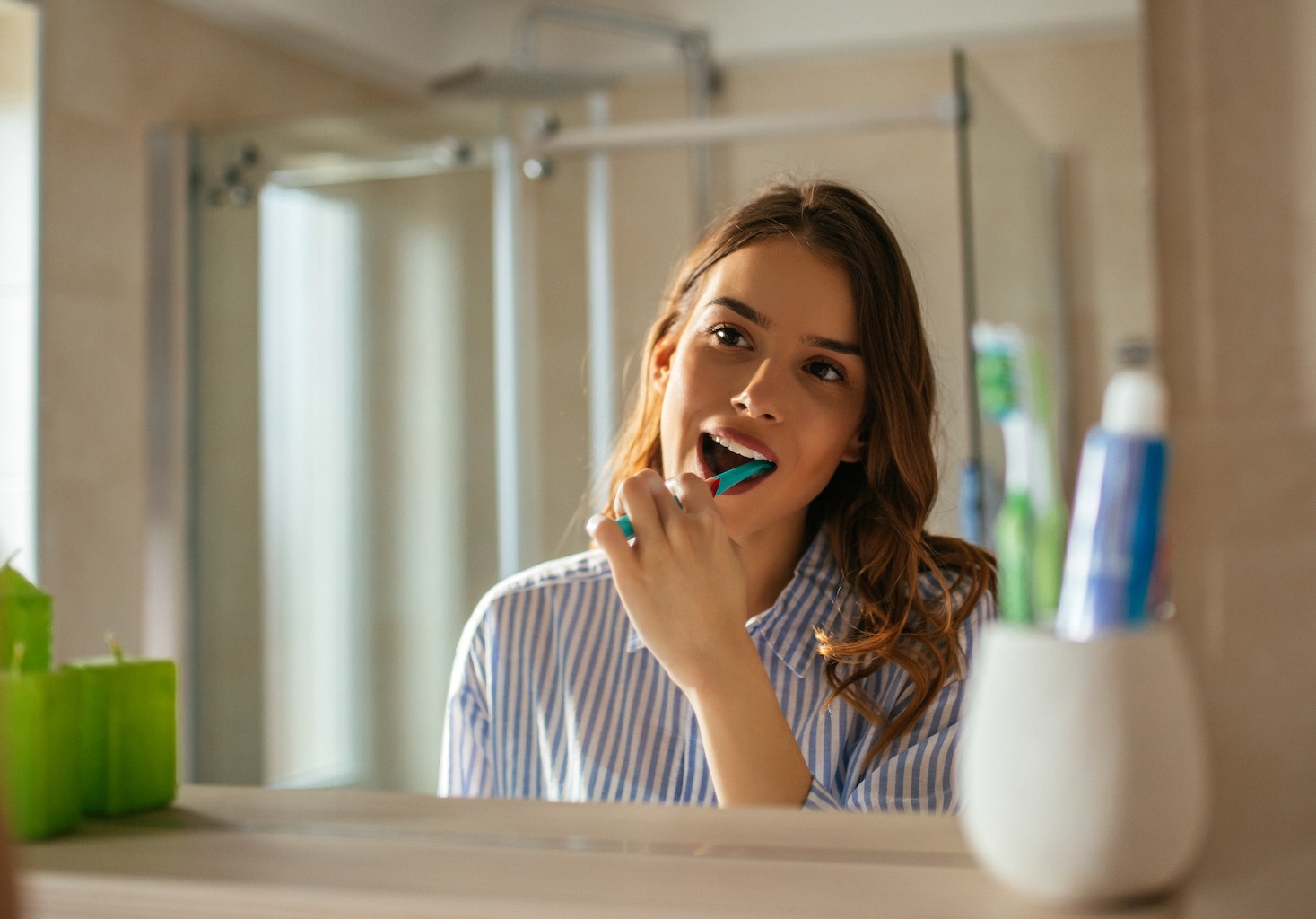

0 thoughts on “When Should I Change Toothbrush After Covid”